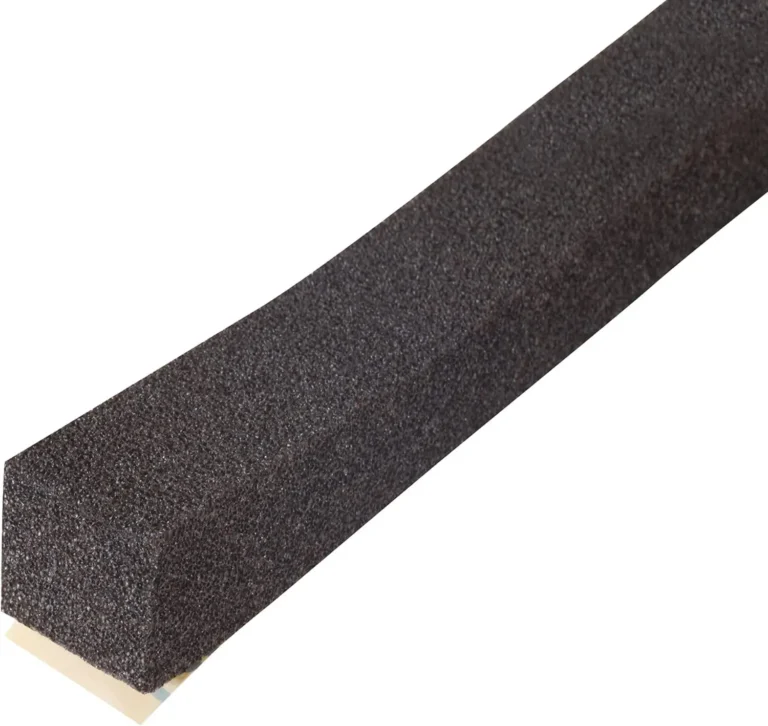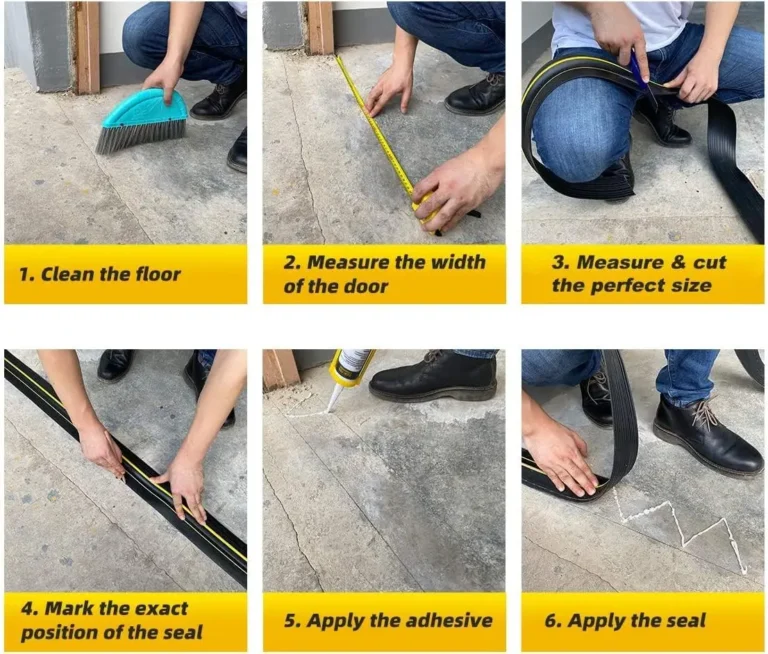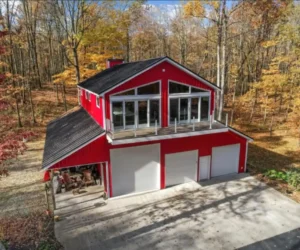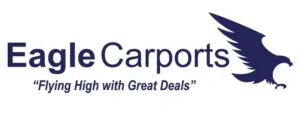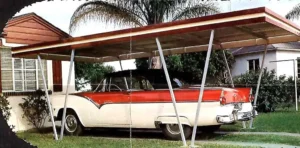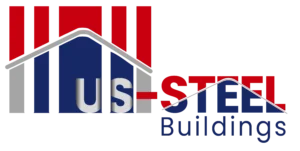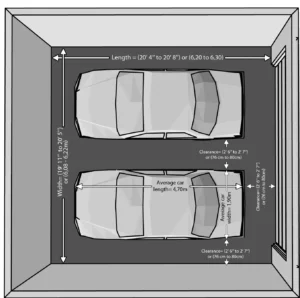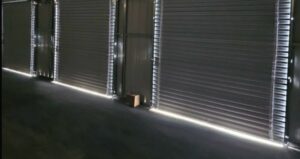10 Minute Read
Stop Water Intrusion: Waterproofing a Metal Building
Properly sealing and waterproofing your metal building is essential to prevent water intrusion. Water infiltration in a prefabricated metal building, especially tube-style buildings, can lead to extensive damage, including structural issues, corrosion, mold growth, and reduced energy efficiency.
This guide covers everything from the foundation to the walls, doors, and windows to help you create a watertight metal building.
Want to get a quote on a metal building that won’t leak? A Carport Co. representative would be happy to discuss the best solutions for your specific situation. Call (888) 293-5588, or email [email protected].
Get Your FREE Custom Quote
It’s quick and easy! Get a no-obligation quote for an affordable metal building!

Manufactured in the United States

Competitive Warranties

Licensed and Insured Installers

Outstanding Customer Service
Structures That Stand Strong™
Table of Contents
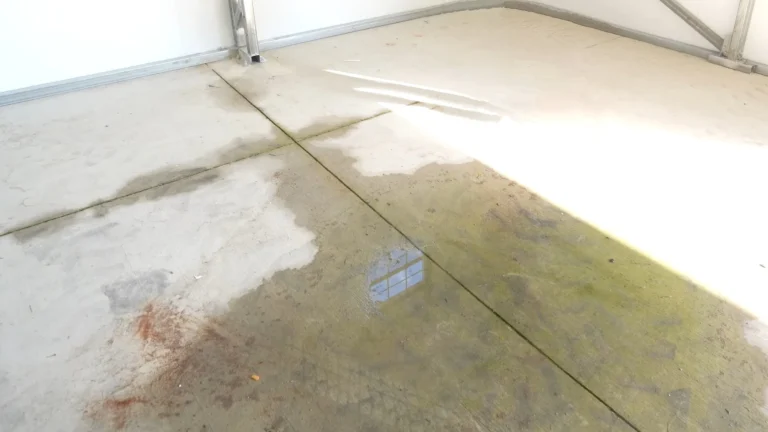
Why it's Important to Keep Water Out of Your Metal Building
Water is one of the biggest threats to the integrity of a metal building. Without proper sealing, even small amounts of moisture can cause significant problems. These are five of the biggest problems water can cause in your metal building:
1. Corrosion
Prolonged exposure to water can cause the metal components of your building, such as the tube steel framing, purlins, vertical siding supports, and fasteners to rust. This weakens your structure, shortening its lifespan, and causing eyesores along the way.
2. Foundation Damage
Water pooling around or seeping under the foundation can lead to cracks, erosion, and instability in the concrete slab. This is the most common area to have damage if you neglect a proper pad installation or if you avoid properly sealing the base rail of your structure.
3. Mold and Mildew
Mold and mildew like warm, dark environments with low ventilation. If you don’t have vents on your metal building and live in a warmer climate, your building could be the perfect breeding ground for hazardous fungi. This is especially true for buildings with inadequate moisture prevention measures.
4. Energy Inefficiency
If you have insulation installed on your metal garage, water infiltration can compromise it, reducing the building’s ability to regulate temperature, leading to an increase in energy costs.
5. Interior Damage
Water leaks can damage stored goods, equipment, or vehicles inside the building, leading to costly repairs and maintenance. Never store cardboard boxes or anything made from paper on the floor of your structure if it’s not moisture sealed.

Ideal Concrete Foundations
A solid, well-prepared foundation is the first step in waterproofing your structure. A concrete slab is the best type of foundation for metal buildings and garages. It’s very difficult to keep moisture out of a building sitting on a gravel or ground foundation. Make sure your concrete slab has the following features:
Elevate your foundation slightly above the ground level to promote drainage and prevent water from pooling around your structure.
Notched Slab
A notched slab allows the siding of your metal building to sit lower than the base rail and provides a physical water buffer.
Proper Reinforcement
Properly reinforce your slab with rebar and mesh to prevent cracks that could let water seep through in the future. You could choose to skip this step now, but you won’t have another chance to reinforce the slab without pulling all the concrete out first, then re-pouring.
Sealed Perimeter
Elevation
Seal the perimeter of your concrete slab with a waterproof sealant to create a barrier against water. We recommend DAPConcrete Watertight Filler.
If you choose to pour a pad with a walkway that goes beyond the building, we recommend sealing it with 2 to 3 coats of Armor AR350 Concrete Sealer. Opt for either 350 VOC or 700 VOC if it’s legal in your state.
Sealing the Base Rail
The base rail of your metal building is the most common place to find water entering, especially if your concrete slab isn’t ideal. In the event you’ve discovered an insufficient concrete slab, you can still seal the base rail against water by taking the following 2 steps:
1. Use Base Rail Sealing Foam
Base rail sealing foam, base rail sealant as we like to call it, is a 1″x1″ piece of foam that is affixed under the base rails of metal buildings and carports, then compressed against your concrete to form a watertight seal.
To install the foam, simply remove the layer of thin plastic covering the adhesive portion of the foam, then affix it centered on the bottom of your base rail. Once your base rail is anchored to your pad, the foam will compress, forming a watertight seal.
If your manufacturer doesn’t offer this foam, you can purchase it yourself, then tip your installers to install it whilst installing your building.
We recommend M-D Building Products Black Expandable Foam Platinum™.
2. Caulking the Edges
After installing the base rail with sealing foam and anchoring it to the concrete, apply a continuous bead of high quality flexible caulk, like DAP Concrete Waterproof Filler and Sealant, along both the interior and exterior sides of the base rail for added protection.
Caulk on its own can work fine, but we always recommend using it in conjunction with base rail sealant to be safe.
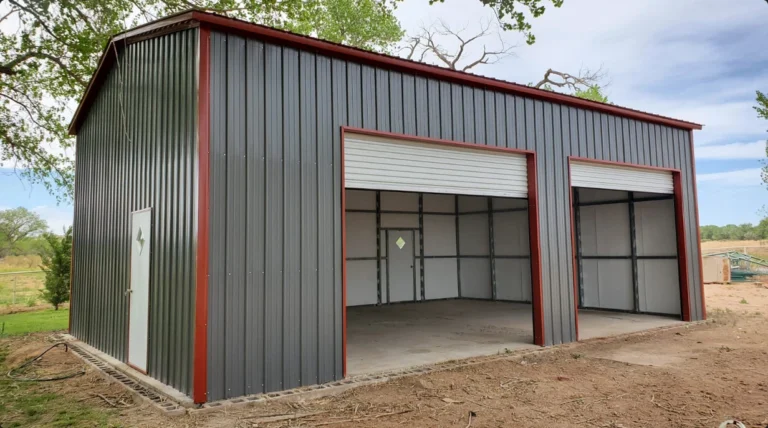
Choosing the Right Siding
Picking the right siding configuration for your metal building can be very important for keeping water out of it down the line. Siding for metal buildings comes in two configurations:
Horizontal Siding
Horizontal siding consists of steel panels that run parallel to the ground. Horizontal siding is the more affordable option, but it’s not as structurally sound, and it’s possible for water and snow to sit on the building, eventually leaking in through gaps in the panels.
Vertical Siding
Vertical siding consists of steel panels that run perpendicular to the ground. Vertical siding allows water to run off the structure easily and is less prone to pooled water, making it a much better option for metal buildings. In additional to easier water run off, vertical siding is more structurally sound and comes with additional supports installed.
For more information, please see Horizontal vs Vertical Siding: Which is Better for a Metal Building?
Waterproofing Your Doors and Windows
If we’re being honest, the doors and windows most manufacturers sell are quite cheap. They commonly come installed with gaps, inadequate water seals, and other defects that allow water into your metal building. However, even if you follow our advice and upgrade to insulated doors and double pane windows, you could still run into issues because of an inadequate installation or manufacturer defects. We recommend taking the following steps to remedy these issues:
1. Install Flashing
Use metal or vinyl flashing around doors and windows to direct water away from any openings.
2. Apply Weatherstripping
Installing weatherstripping around your roll-up doors, overhead doors, man doors, and windows will prevent water and air leaks.
For overhead and roll-up doors, we highly suggest installing brush seal and bottom threshold seal.
See Sealing Gaps Around Roll-up Doors for more information on sealing gaps around roll-up doors.
3. Seal Gaps
To seal gaps around your doors and windows, use a high-quality flexible caulk, like DAP Dynaflex Ultra Advanced Exterior Sealant. This will prevent leaking and seeping of water and air.
Additional Waterproofing Tips
Lorem ipsum dolor sit amet, consectetur adipiscing elit. Ut elit tellus, luctus nec ullamcorper mattis, pulvinar dapibus leo.
1. Gutter and Drainage Systems
Installing gutters and downspouts to your metal building to direct rainwater away from the foundation will help to avoid erosion and the pooling of water around the base.
2. Roof Sealing
Ensure all your roof panels are tightly fastened and use roof tape or sealant on seams and fasteners to block water entry. This step is especially important if you don’t have an A-frame vertical roof. Most manufacturers can’t transport a panel longer than 30 feet or 35 feet, so a horizontal or boxed-eave roof will have overlapping panels. Neglecting to seal this can cause huge issues in the future.
3. Inspect Regularly
Periodically inspecting the building for gaps, cracks, and worn sealant, especially after extreme weather, and fixing any issues, is essential to ensuring your structure remains waterproof for years to come.
Final Thoughts
By taking these steps to seal and waterproof your metal building, you can protect it from water damage, extend its lifespan, and create a more comfortable and secure environment for your property.
At The Carport Co., we’re committed to helping you navigate the prefabricated metal building and carport shopping process with ease. If you have questions, or need help to ensure your metal building is properly waterproofed, our experts are here to help.
Ready to find your perfect carport? Contact The Carport Co. today!
Table of Contents
Frequently Asked Questions
Why is it important to seal and waterproof a metal building?
Sealing and waterproofing your metal building prevents water intrusion, rust, mold, and other moisture-related damage. It also helps maintain the building’s structural integrity and improves energy-efficiency by keeping insulation dry.
What types of siding are best for waterproofing a metal building?
The most common types of metal building siding include vertical panels, horizontal panels, and lap panels. Vertical panels are often the most effective for water drainage as they reduce the risk of water pooling.
How do I properly seal overhead and roll-up doors?
To seal overhead or roll-up doors:
Use brush seal around the sides.
Use header seal above the top.
Apply bottom threshold seal to the bottom.
Apply caulking or foam sealant around the frame to block any gaps.
What is base rail expandable foam, and how is it used?
Base rail expandable foam is a product designed to fill gaps between the base rail of your metal building and the concrete foundation. It expands to create a tight seal, preventing water, dirt, and pests from entering. Simply apply the foam to the bottom side of the base rail, then anchor the base rail to the foundation. The foam will expand and create a seal.
How often should I check and maintain the seals in my metal building?
Inspect the seals and waterproofing products in your metal building at least once a year. We recommend inspecting the structure after every heavy rain or hail storm. Look for cracks, gaps, or wear in caulking, weatherstripping, and foam seals, and reapply as needed.
Can sealing a metal building improve energy efficiency?
Absolutely! Properly sealing your metal building will keep out drafts, reduce heat loss in winter, and prevent heat gains in the summer. It also helps keep insulation dry, which ensures it performs effectively.
To learn more about insulation, please see our Ultimate Carport Insulation Guide.
Can I waterproof seal a metal building myself?
Yes, sealing and waterproofing can absolutely be done with no prior knowledge, as the bulk of the process involves caulking, installing weather seals, and installing flashing. For larger or more complex buildings, it might be worth hiring a professional to save time.
Ready to Begin Your Project?
Do you think The Carport Co. would be a good fit for you? We’d love to earn your business. Fill out the quote form, and one of our friendly representatives will be in touch with you shortly. We’re here to answer questions you may have, provide personalized recommendations, and get you an estimate on your project.
To speak with someone, call (888) 293-5588 or email [email protected].
Don’t miss out on the opportunity to enhance your property with a durable, versatile, and visually appealing metal structure. Contact The Carport Co. today and experience what we can do.
Visit our 3D Builder to design your own structure!
Get Your FREE Custom Quote
No-obligation, 100% FREE quote, delivered in minutes.
The Ultimate Buyer’s Guide is a collection of articles by The Carport Co. These articles have been catered to first time steel and metal carport, garage, and commercial building buyers. Our goal is to share as much information with customers as possible, to help make informed decisions, and ensure a customer doesn’t discover an addition they would have liked to added at the time of sale, but was not aware of the option’s existence.
Here is a preview of a few articles. To view the full Buyer’s Guide, please visit the Ultimate Buyer’s Guide page.
